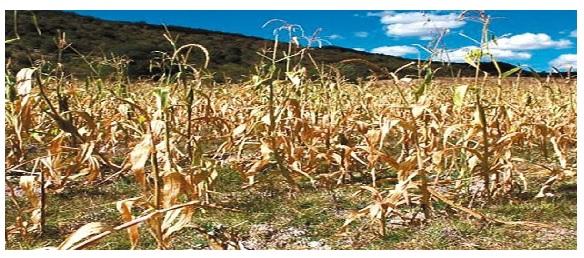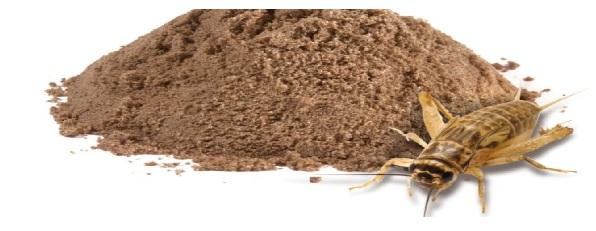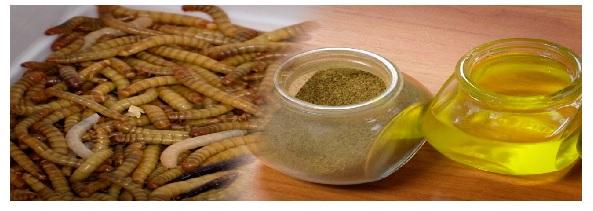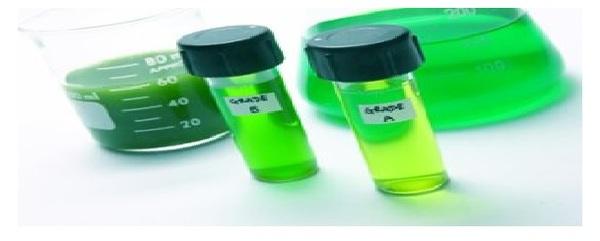What are the innovative ingredients of the future in animal nutrition?
Published: July 7, 2021
By: Ing. Joaquín A. Paulino, Research Professor ISA University; Dr. Amable Vásquez, Dean ISA University.
Summary:
- A growing population that we have to feed by 2050, approximately 9,000 million inhabitants.
- Climate change, global warming, atmospheric phenomena (Hurricanes, floods, prolonged drought that drastically affects grain crops).
- Overfishing in our seas that are decimating and extinguishing some marine species.


Innovative ingredients of the future emerge from this scenario scalable at industrial and commercial level:
a) Protein sources:
- Insect meal 50-60% Crude Protein
- Macro and microalgae flour 30-50% Crude Protein
- Unicellular Protein or Single Cell Protein SCP (Bacterial Protein), 45-55% Crude Protein
Cricket Flour

Seaweed Flour

Single-cell protein meal (Bacterial)

b) Energy sources:
- Insect oil
- Seaweed oil
Note: They can replace 100% vegetable oil in animal diets.
Insect oil

Seaweed oil

C) Ingredients to reduce costs of diets:
1-Enzymes:
- Proteases
- Phytases
- Alpha-amylases
- Xylanases
- Beta-glucanases
- Beta-mannanases
- Lipases
2-Industrial amino acids:
- L-Methionine
- L-lysine
- L-threonine
- L-Valine
- L-Isoleucine
- L-Arginine
- L-histidine
- L-Glycine
Conclusions:
Investors are interested in industrial-scale production of these innovative ingredients not only for animal consumption, also for humans.
Human food waste (food scraps, food waste, supermarkets, etc.), should be processed (Autoclaved) and used in animal diets worldwide to avoid contamination of the environment.
Research is underway to convert cellulose from wood in starch but the cost is very high.
Consumers are embracing these ingredients in their diets.
Related topics:
Authors:
Universidad ISA (Instituto Superior de Agricultura)
Recommend
Comment
Share

Would you like to discuss another topic? Create a new post to engage with experts in the community.







